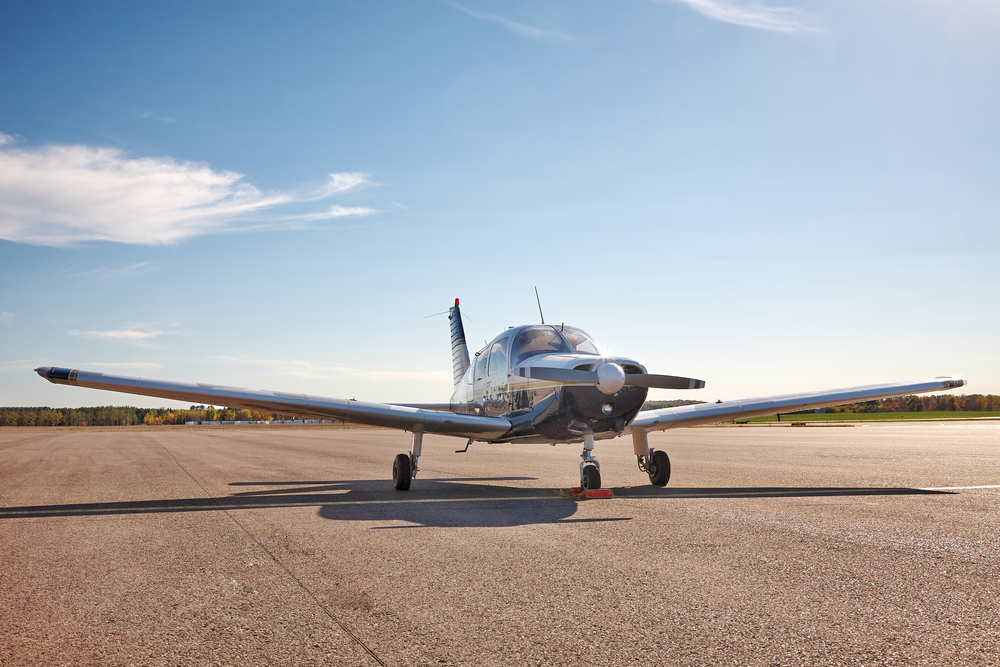Cessna 172 RG
The Cessna 172 RG: A Detailed Look
The Cessna 172 RG Cutlass is a variant of the popular Cessna 172. It combines reliability with added performance features, making it a common choice for flight training and personal use. Understanding this model involves exploring its history, technical specifications, and practical benefits.
History and Development
Introduced in 1980, the Cessna 172 RG came as a response to the growing demand for a retractable gear version of the Cessna 172. The RG stands for Retractable Gear. This design was meant to reduce drag and improve speed. The 172 RG was in production until 1985, when the company decided to focus on other models.
Technical Specifications
The Cessna 172 RG features a Lycoming O-360-F1A6 engine. This is a four-cylinder, air-cooled engine. It provides 180 horsepower at 2700 RPM. The aircraft has a maximum takeoff weight of 2,650 pounds (1,202 kg).
Its cruise speed is around 140 knots (161 mph or 259 km/h). The range with full fuel and 45-minute reserves is approximately 880 nautical miles (1,630 km). The retractable landing gear improves aerodynamics, making it a faster variant compared to its fixed-gear counterparts.
Flight Characteristics
The Cessna 172 RG is known for its stable flight characteristics. Pilots appreciate its predictable handling. It’s relatively easy to fly, but the retractable gear adds a level of complexity. This makes it ideal for those who want to transition to more complex aircraft.
The landing gear is hydraulically actuated. This means pilots need to ensure the system is properly maintained. The aircraft also includes a variable-pitch propeller, another feature that sets it apart from the standard 172.
Maintenance and Inspections
Like any aircraft, the Cessna 172 RG requires regular maintenance. The retractable gear system adds an extra layer of complexity. Pilots and owners must pay close attention to this system during inspections.
The airframe, engine, and components need periodic checks. This ensures safety and optimal performance. Maintenance includes checking the hydraulic system for leaks and inspecting the gear actuator for wear and tear.
Training Applications
The Cessna 172 RG is popular in flight training programs. It offers students exposure to complex aircraft features. This experience prepares them for advanced certifications and ratings. Flight schools use it to teach students about retractable gear and variable-pitch propellers.
The aircraft’s forgiving nature makes it suitable for both new and experienced pilots. It provides a balanced step up from simpler trainers.
Economic Considerations
Operating costs are an important factor to consider. The Cessna 172 RG is more expensive to maintain than fixed-gear models. However, it offers better performance and faster cruise speeds. This can translate to time savings and increased efficiency on longer flights.
Fuel consumption is another consideration. The 180 horsepower engine uses more fuel than the standard 172’s engine. Pilots and owners must weigh these costs against the benefits of improved performance.
Pros and Cons
There are clear advantages and disadvantages to the Cessna 172 RG. Understanding these helps potential owners and operators make informed decisions.
- Pros: Improved performance due to retractable gear. Faster cruise speeds. Greater range compared to fixed-gear models. Ideal for advanced training.
- Cons: Higher maintenance costs. More complex systems require diligent care. Slightly higher fuel consumption.
Real-World Use Cases
Private pilots often choose the Cessna 172 RG for its balance of performance and simplicity. It’s a common sight at small airports and airfields. The aircraft’s range makes it viable for cross-country flights, while its handling suits a variety of weather conditions.
Flight schools use the Cessna 172 RG to teach advanced skills. It bridges the gap between basic trainers and more complex aircraft. This makes it a valuable tool in pilot progression.
A Comparison with Other Models
Comparing the Cessna 172 RG with other models can provide insight into its unique qualities. The fixed-gear Cessna 172 is simpler and cheaper to operate. However, it lacks the performance enhancements of the RG variant.
The Cessna 182 offers greater payload and performance capabilities. But it’s also more expensive and larger, making it less accessible for some pilots. The Mooney M20 series provides similar performance with retractable gear but often comes at a higher cost.
Ownership Experience
Owners of the Cessna 172 RG often speak about its reliability. The aircraft delivers consistent performance with proper maintenance. Many appreciate its versatility. It serves well for both leisurely flights and serious training exercises.
Prospective owners should consider hanger space and insurance costs. These factors can add to the overall expenses. Working with a knowledgeable mechanic familiar with the RG model is crucial for maintaining its systems.
Upgrades and Modernizations
The Cessna 172 RG can also be modernized. Avionics upgrades are a common choice. Installing newer navigation systems, autopilot, and communication equipment enhances safety and functionality.
Engine upgrades and propeller changes can improve performance further. However, these modifications require careful planning and investment. Owners should weigh the benefits against the costs and potential downtime.
Final Thoughts
The Cessna 172 RG is a unique aircraft in the general aviation world. Its mix of simplicity and complexity makes it a valuable asset. Whether for training or personal use, it stands out as a reliable performer.
Understanding the maintenance needs and operating costs is crucial. This ensures a safe and enjoyable flying experience. With proper care, the Cessna 172 RG continues to be a trusted companion for many pilots.
